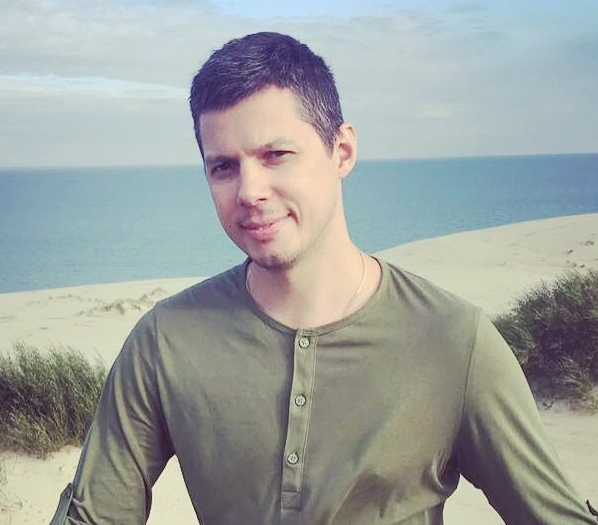NATO Secretary General Jens Stoltenberg urged at the NATO Defence Ministers Meeting held on February 17-18 "to increase NATO's funding for our core deterrence and defence activities."
In an effort to improve "burden sharing" Stoltenberg proposed that allies jointly fund more of NATO's work.
"The country that provides the capabilities also provides the funding. So, if you send some troops to the NATO battlegroup in Lithuania, as Norway does, then Norway pays for that. I think that we should change that. And it would contribute to fairer burden sharing," Stoltenberg told.
The plan would mean co-financing battlegroups on standby in member countries bordering Russia, air-policing missions, the deployment of warships or military exercises.
However, his plan surprised a few members of NATO, who gave it a cautious welcome. The matter is this is an ill-conceived plan, meant to mollify the United States.
Obviously, the funding would favor countries that do more within NATO. However, it is not clear where to get money. Does it mean that the armed forces of the Baltic States, which actually cannot carry out combat missions independently, may be left without NATO support?
Besides, there are serious concerns that small countries, such as Latvia, Lithuania, Estonia, etc., might see it as a bailout when they should spend more.
The Baltic States fulfill NATO's target of spending 2% of Gross Domestic Product (GDP) on defence, although as countries with relatively small populations, their armed forces remain relatively small and their military capabilities limited. Consequently, the Baltic States' defence planning relies heavily on NATO membership.
Given Latvia's population of 1.9 million, the National Armed Forces seek to maintain 17,500 trained military personnel in peacetime, comprised of 6,500 professional soldiers, 8,000 members of the National Guard, and 3,000 reserve soldiers.
With a population of only 1.3 million the standing Estonian Defence Forces total 6,600 personnel, mostly in the Land Forces, about half of whom are conscripts.
With a population of 2.8 million, Lithuania maintains the largest armed forces of the three Baltic States, with up about 20,000 authorized (regular force and active reserve) personnel.
Minister for National Defence of Lithuania Arvydas Anu├... íauskas pretended that he understood the importance of a fair burden sharing and stressed that Lithuania respected its 2% of GDP defence spending commitment.
"Our words mean a lot less if we don't back them with resources. I will work to reach 2.2% of GDP by 2024," he said.
Lithuania committed to increasing defence spending every year for the next decade, reaching at least 2.5 percent of gross domestic product by 2030.
(Note: You can view every article as one long page if you sign up as an Advocate Member, or higher).





